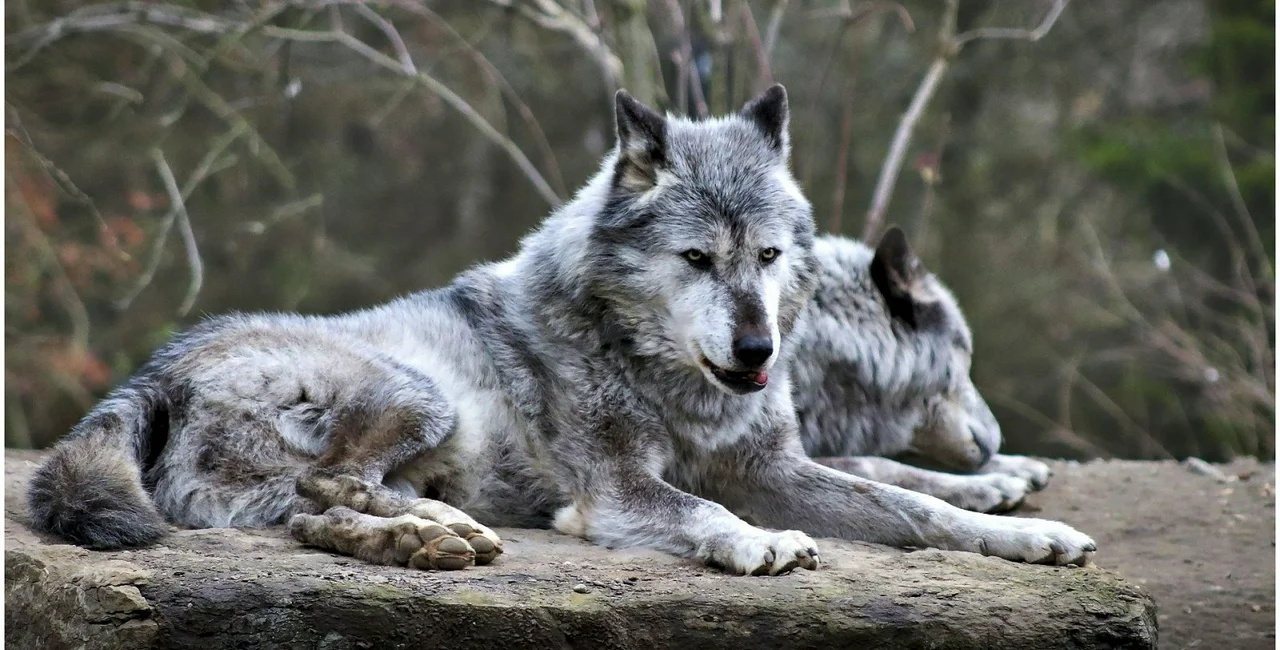Prague, Feb 26 (CTK) – The number of wolves has been rising in the Czech Republic, mainly in its remote border areas, and the number of wolf habitats in the country reached 18 in 2019, two more than in the preceding year, organisations dealing with nature protection have written in a joint press release.
Out of the 18 wolf habitats, 16 were located along the borders, some touching Czech territory to a small extent only, the Friends of the Earth organisation, the Agency for Nature and Landscape Protection, the Environment Ministry, Charles University and the Prague-seated Life Sciences University (CZU) wrote.
The mushrooming of further wolf territories can be expected mainly in forested and mountainous areas in the years to come, CZU expert Ales Vorel said.
Three new wolf packs appeared in Czechia last year, the monitoring has shown.
Its data cover the period from May 2018 to April 2019, which corresponds to the wolf reproduction cycle better than a calendar year, since wolf cubs are usually born in April.
The experts have completed a map based on reliably-proven cases of wolf reproduction in Czechia as registered by photo traps, genetic analyses and repeated findings of wolf traces and droppings. The map does not include information about random occurrence of lonely wolves.
Wolves most often enter Bohemia from the Central European lowland wolf population with its centre in west Poland and Germany.
In Moravia and Silesia, local wolves come mainly from the Slovak and Polish Carpathians. The number of wolf habitats there doubled from two to four last year.
“The map of the territories evidently shows that the wolf prefers remote border areas of the Czech Republic. The emergence of new habitats can also be expected in the following years, above all in the mountainous and forested areas… Regarding the high mobility of this big mammal and the growing number of wolves in Czechia, an increase in the number of lonely migrant wolves and wolf’s collisions with vehicles can be expected,” Vorel said.
Apart from the above offices and organisations, the wolf monitoring and research involves the Mendel University in Brno and the Sumava National Park management.
The researchers consult the Polish WILK group, Saxony’s OWAD and the Veterinary University in Vienna on the wolf cross-border habitats.












 Reading time: 2 minutes
Reading time: 2 minutes 


























